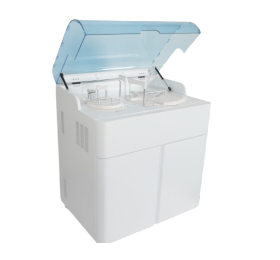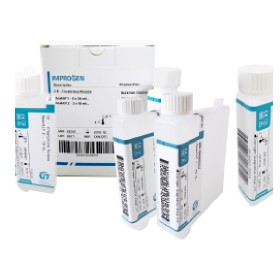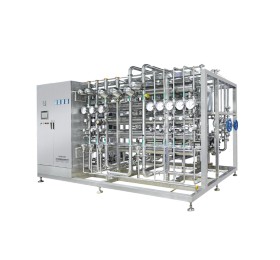About Eastmed
Founded in 2012, Eastmed is a trusted global leader in the research, development, and manufacturing of advanced in vitro diagnostic (IVD) products. Our mission is to empower healthcare professionals with innovative, high-quality diagnostic solutions, including CBC machines, coagulation analyzers, biochemistry analyzers, urine machines, hematology analyzer machines, and automated chemistry analyzers.
- Cutting-edge Technology
- Flexible OEM & ODM Services
- Global Partnerships
- Best-in-Class Service

Why Choose Eastmed?
- Strong R&D Capabilities
- Innovative Reagents
- Localized Manufacturing Support
- Comprehensive Product Portfolio
Our Comprehensive Product Portfolio
- CBC Machines: Reliable and precise solutions for complete blood count analysis.
- Coagulation Analyzers: Advanced systems for assessing blood clotting.
- Biochemistry Analyzers: High-performance analyzers for comprehensive biochemical testing.
- Urine Machines: State-of-the-art urine analyzers for quick and accurate urinalysis.
- Hematology Analyzer Machines: Robust systems for detailed blood analysis.
- Other Diagnostic Instruments: Semi-automatic chemistry analyzers, microplate readers and washers, ESR analyzers.
Innovative Reagents & Custom Solutions
- High-quality hematology and biochemistry reagents
- Standard, bulk, or concentrated packaging
- Concentrated powder technology for cost-effective shipping
- OEM & ODM services for localized reagent manufacturing
Vision
"Our vision is to revolutionize healthcare through innovative technology and compassionate care, ensuring a healthier future for all."
Mission
"To provide exceptional healthcare services while fostering innovation and maintaining the highest standards of patient care."
Philosophy
"We believe in a patient-first approach, combining cutting-edge technology with compassionate care to deliver the best possible outcomes."
Values
"Excellence, Integrity, Innovation, and Compassion guide every aspect of our healthcare delivery and patient interaction."




